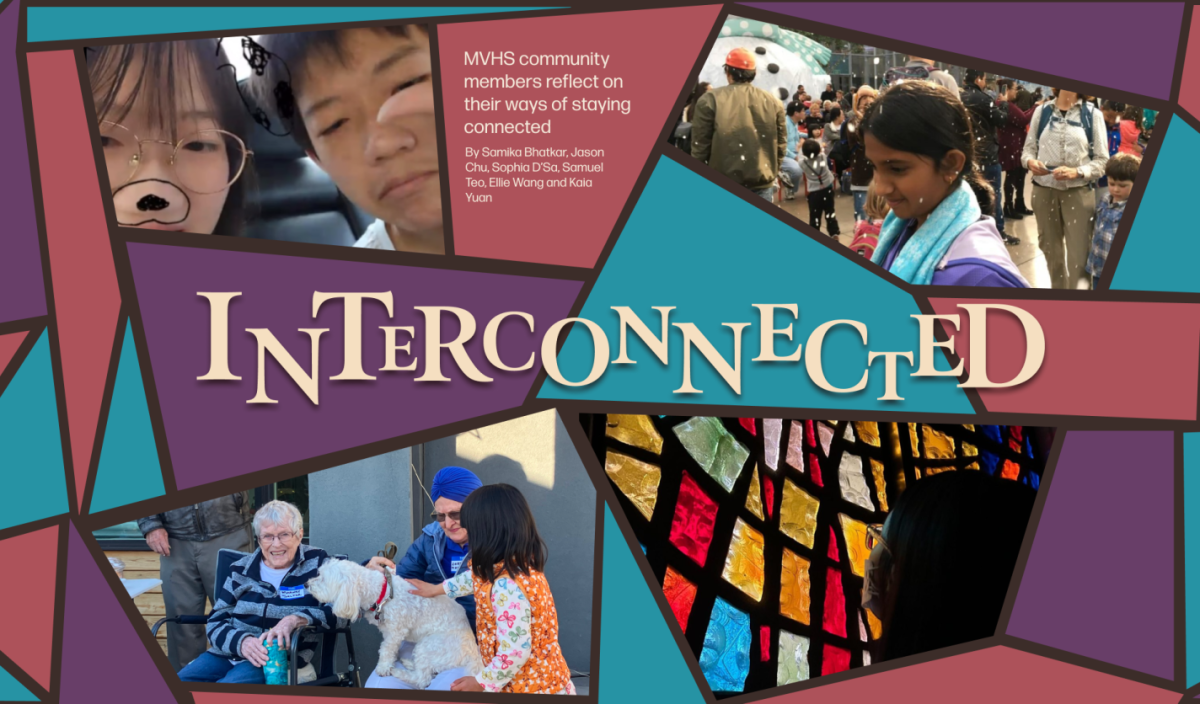Economically privileged students inherit their parents’ views on the value of money.
$120,000, Cupertino’s median annual household income, is more than double that of the rest of the nation. One point is clear: the Cupertino community is at least upper-middle class. But are MVHS students your typical impulsively buying “rich kids”?
Freshman Karen Tu finds that money holds incomparable value and believes that the MVHS student body tends to appreciate money less due to the affluence of the area. She believes that she and her family spend very little money, purchasing only necessities. But on her own, Tu can sum up what she usually purchases in three words: “extra junk food.”
Like Tu, junior Anton Zheng notices that much of his personal expenditures goes towards food — namely, pearl milk tea. When eating out, he acknowledges that he can overspend, but doesn’t see himself as any different from the rest of the MVHS community.
“Most students are pretty well off — they aren’t concerned with money [as much as] someone who isn’t,” he said. “We take things for granted because we live in such a nice community.”
Contrary to both Tu and Zheng’s expectations, however, MVHS students seem to be quite financially aware. In a survey of 123 students, 74 percent considered the price of an item moderately to very crucial when making purchases, and 93 percent believed that purchasing an item on sale is at least somewhat attractive. In other words, it appears that MVHS students tend to draw the line when it comes to spending, despite the sizable income they draw from.
Sophomore Omkar Kawade learned the importance of smart spending by example, as his parents overcame a financial crisis after moving to the U.S. Nevertheless, this isn’t particularly surprising, given MVHS’ unique demographics. 79 percent of MVHS students are Asian, and Kawade is one of many first-generation Asian immigrants that compose the student body. It is not uncommon for them to face money-related problems that breed financial cautiousness.
“[My parents] started at the bottom and now they’re here, in a really financially rich area of California,” Kawade said. “They learned to save their money, and [their ideas] got passed down to me, like ‘if you don’t need it, don’t buy it.’”
Like Zheng, Kawade acknowledges that he would readily spend money if he considers it a small sum. Two dollars on French fries? No problem. And this attitude appears to be something that the rest of MVHS can understand, because 70 percent of students consider food the number one item they purchase. Yet when it comes to larger purchases, it’s more difficult to compromise.
As its median annual household income shows, Cupertino is a financially abundant area. But while this privileged lifestyle may encourage students to purchase whatever they like, whenever they like, there appears to be an opposite force in play — the home environment, which has found its foothold through years of financial ideals practiced by immigrant parents. In the end, even a high median income appears to be unable to uproot family values.
“From an early age, [my parents] told me they were going to use coupons and discounts. It’s like it’s built in now,” Tu said.





